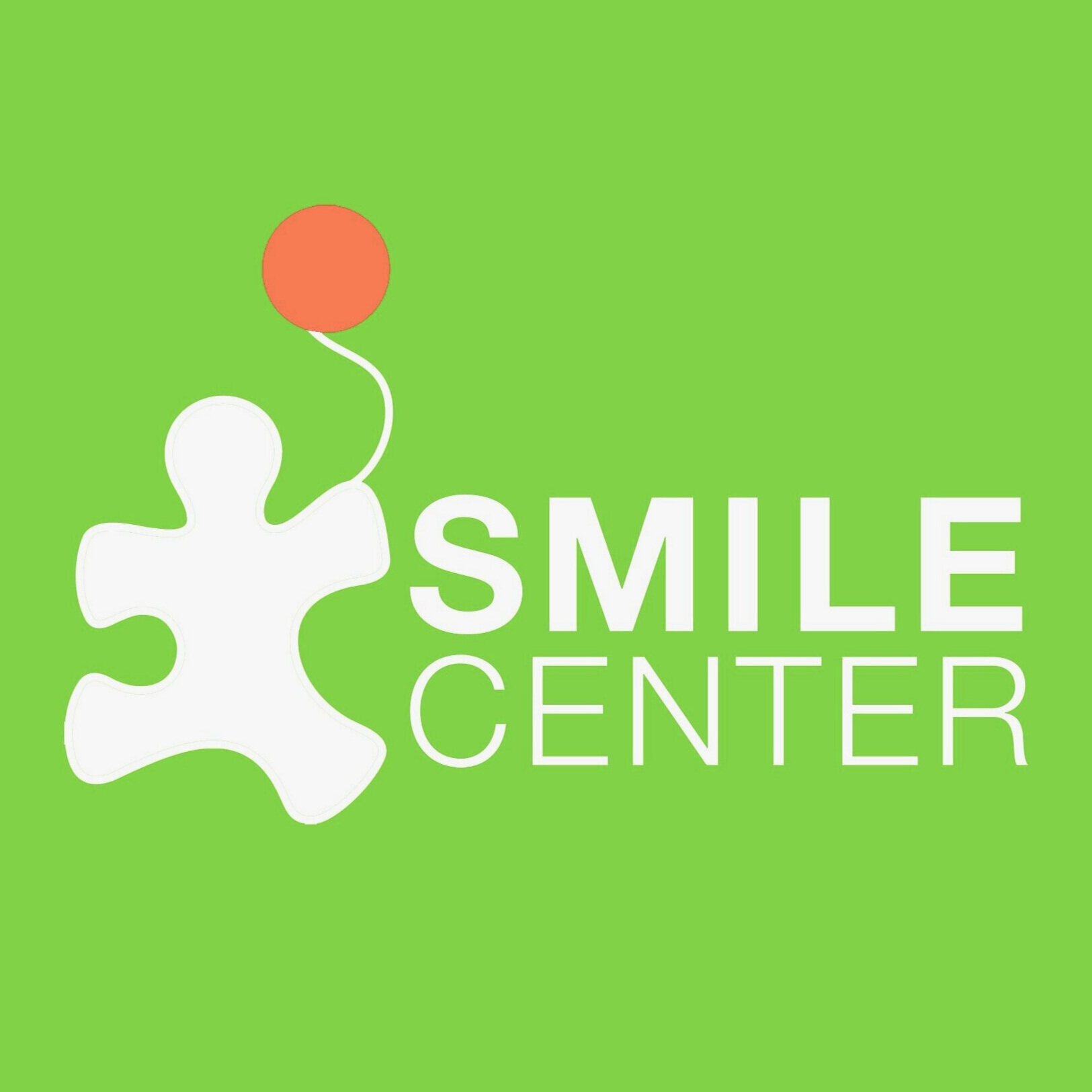Treating the Tricky /R/
Katie Chiu, MS, CCC-SLP, SMILE Senior Speech Language Pathologist
“Arrr” you ready for Pirate Day?!? September 19th is National Talk Like a Pirate Day, so we thought we would take this opportunity to provide some tips for helping your child perfect their pirate sound! /R/ is a challenging sound for children, as it is one of the latest sounds to develop, around the age of 6. However, that doesn’t mean you should wait until your children turn 6 to start working on this sound if they are having difficulty. Often, the longer you wait to target it, the harder it will be for your child to learn the correct production, as we want to establish the correct motor plan early on!
One of the reasons /R/ is so challenging is because the way it is produced changes depending on where it is placed in the word. There are 32 variations of /r/, as it is found in blends, and in the initial, medial and final positions of words! Therefore, a careful analysis of which positions are easiest and hardest for your child is important. Try having your child say a variety of words and note which words they have the easiest time with. It is best to start practicing in a position they are most successful with.
There are two ways in which you can produce /R/: a bunched /R/, and a retroflexed /R/. It is important to try both ways to see which production sounds the best.
Below is a description of the tongue placement needed for both:
Retroflexed /R/: roll the tongue tip back (but don’t touch the palate) and have the back sides of the tongue touch your back molars.
Bunched /R/: make a mountain shape with your tongue, making the tongue muscle tense and having the top of the mountain rest on the palate.
This video provides a helpful visual demonstration of each: Bunched R vs. Retroflex R Tongue Placement by Peachie Speechie - YouTube.
A good way to try to elicit an /R/ from a sound your child can already produce is to have your child say “e” and tell them to move their tongue back until you hear an /R/. A fun and effective way to practice is in front of a mirror, so your child can see what their tongue, jaw, and lips are doing.
As I said above, /R/ is one of the trickiest sounds to master, so remember to be patient, have fun, and speak to your child’s speech language pathologist for further evaluation and tips!
Try turning into pirates on pirate day and go on a scavenger hunt with your telescope to find some of these words around the house!

